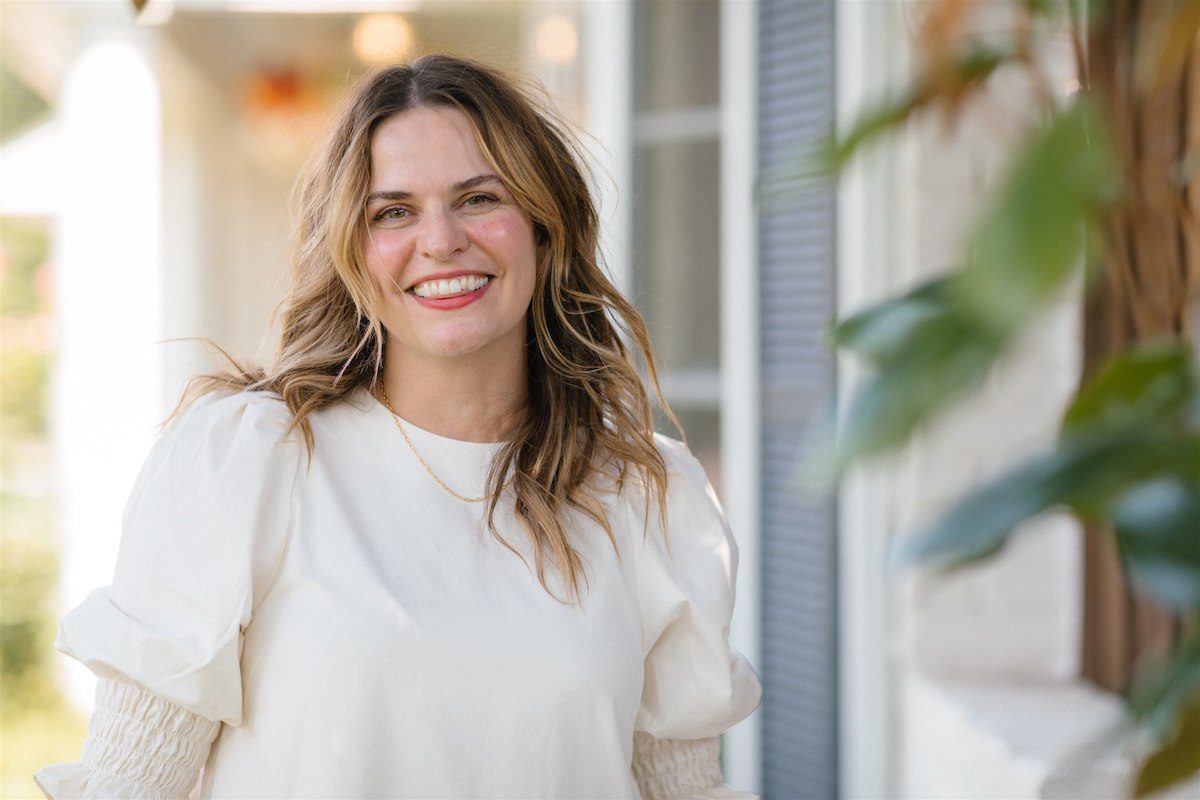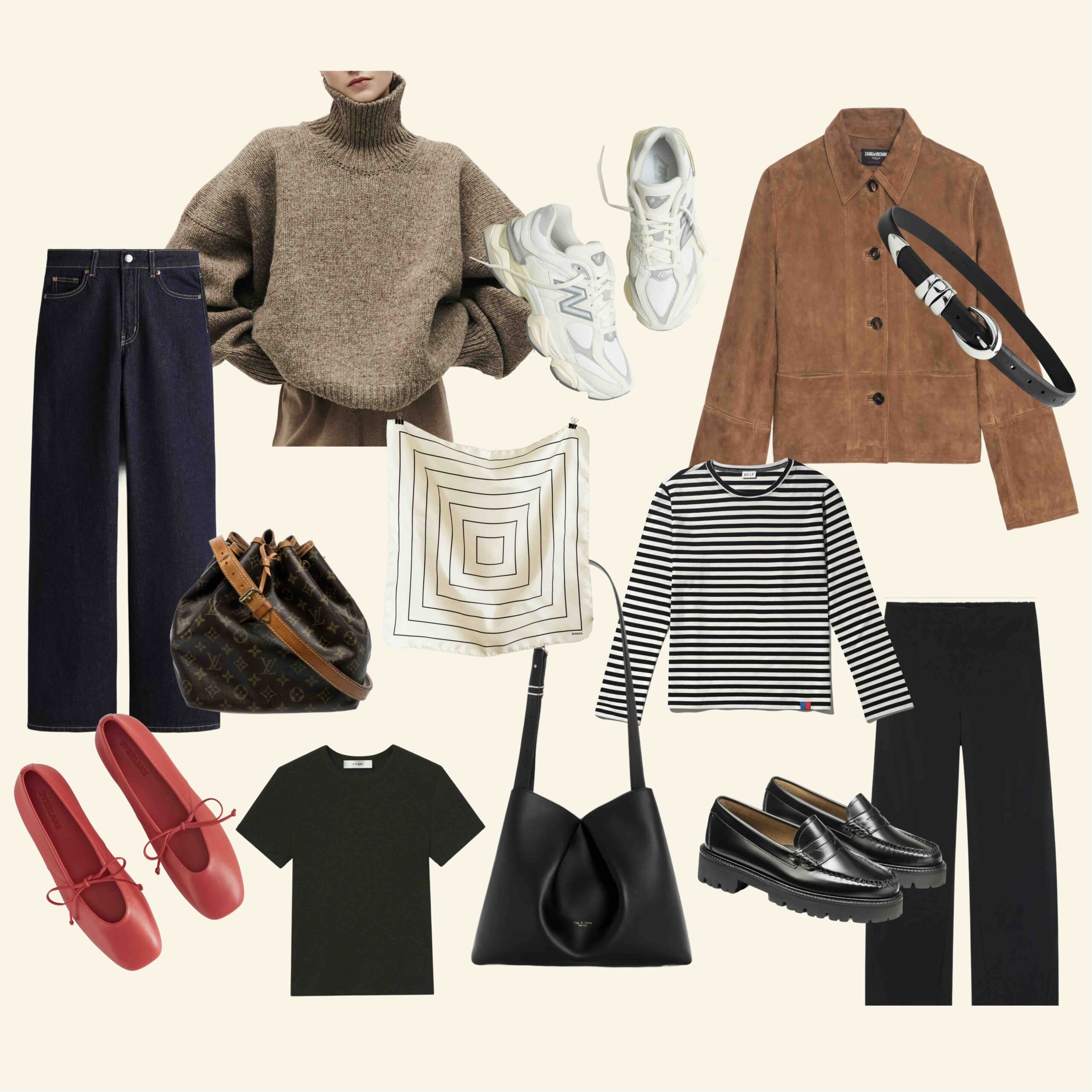

Originally published in April 2019
Your home is your haven. A place to recharge and refresh, connect and inspire. A place of beauty and ritual. And then come kids. And with them come all the things: art, toys, and clothes galore. Broken bits that have some unknown sentimental value. Slime and sand and clay and building supplies. Books, bottles, and blankets. These are just some of the things that seem to multiply in the night once kids enter the picture.
As a mom, I value creativity and play in our home environment, welcoming any chance to build, create, and have fun. As a work-from-home creative, I also know I do my best work in a visually calm and organized space. Finding that balance has been a series of trial and error—one that’s included baskets, bins, systems, and figuring out just what works for our family and space.
Below are a few of my go-to strategies that help keep our family and home mostly balanced between creativity and calm.
Establish boundaries.
After yet another basket and bin purchase, I started to reevaluate our system. We had THINGS to keep us organized, but not strategies that were clear and involved everyone in the house being on the same page. For me, the following three shifts have been a game changer:
1. Ask permission before beginning a new project.
This allows my daughter the freedom to try new things but ensures we’re not starting a multiple-hour project and cleanup just before bedtime when stress levels are already high.
2. Limit the number of items out and accessible at any given time.
Limiting her options by rotating toys, books, and art supplies has helped my girl to focus and really enjoy the play task at hand versus flitting from thing to thing, never quite engaging.
3. Have dedicated spaces for needed activities.
Following an unfortunate playdate with some markers and a wall, we’ve identified spaces where art and slime are welcomed and others that are off-limits. Setting this foundation helps us keep supplies organized in the correct space AND helps my daughter understand the WHY behind not having slime in her bedroom. This also ensures that the most visible areas of our home are tidy 90% of the time, while our work and art spaces have more relaxed standards.
Offer easy solutions to make tidying self-sufficient and age-appropriate.
I’m a big believer in enabling my child to be self-sufficient in life. For play, it was equally important that she be involved in the setup and cleanup. As you can imagine, this looks quite different at age seven than it did at age three, but with the right rules and tools, children of every age can help in the tidying-up process. Some constants have been to:
1. Have only ONE project out at a time.
We adopted this from our Montessori preschool, encouraging our daughter to clean up her last project or play before moving on to the next. It helps her to focus and encourages me to play and build with her versus tidying up behind her.
2. Have a place for everything and everything in its place.
We use everything from baskets to shoe boxes to mason jars to keep things organized. We sort like with like, and have clearly defined homes for each type of item. This makes cleanup a snap, as you know just how to get everything back in place.
3. Tidy up quickly each evening, just before bedtime, setting a timer and making a race of it.
We spend about ten minutes most nights getting the house ready for the next day. This quick dash ensures that the mess never gets too out of hand. Weekly or monthly, I’ll go a bit deeper, finding all hidden gems stuffed in cushions, drawers, and bins that need to go back to their true home.
We spend about ten minutes most nights getting the house ready for the next day. This quick dash ensures that the mess never gets too out of hand.


Declutter quarterly.
This is the key to keeping on top of all of the things. The amount of stuff that comes into your home after kids is UNBELIEVABLE. I declutter quarterly, moving most items to the garage to hold, out of sight, for three to four months. If no one has missed the article in that amount of time, I then donate it, discard it, or resell it, moving it on to its new home. This quarterly cadence helps me to stay on top of the ever-growing mound of art, schoolwork, and things that come into our space daily, helping it to never get too far out of hand.
Engage your child in the WHY of keeping the space clean.
For me, having a clutter-free home is key to creating a calm environment. I’ve noticed the same in my daughter, watching as she engages in deep play and creativity better in a tidy space than surrounded by clutter. I began to talk to her about WHY we stay organized and tidy in our space, helping her to notice how she feels, and motivating her to help in the process and keep her own spaces pretty clean for a child.
For me, having a clutter-free home is key to creating a calm environment. I’ve noticed the same in my daughter, watching as she engages in deep play and creativity better in a tidy space than surrounded by clutter.
These shifts have helped me create a rhythm in the chaos that is our home. They’ve allowed us easy access when we want to play, make, build, and live, while also keeping the organized calm that we so value in our environment. On any given day, our mess is out of control across the board, but I’ve found that just having these few simple tweaks in my approach to parenting and tidying up has made all the difference in keeping the balance just right for our little family.
Tell me, what are the best tips you’ve found in winning the battle against clutter in your space?


Jill Elliott is an artist, wallpaper designer and writer constantly seeking inspiration and balance. You can find Jill’s wallpaper and original art at Color Kind Studio. She can often be found making art and messes alongside her daughter and puppy.
BY Jill Elliott - May 9, 2020
Most-read posts:
Did you know W&D now has a resource library of Printable Art, Templates, Freebies, and more?
take me there
Get Our Best W&D Resources
for designing a life well-lived




Thank you for being here. For being open to enjoying life’s simple pleasures and looking inward to understand yourself, your neighbors, and your fellow humans! I’m looking forward to chatting with you.
Hi, I'm Kate. Welcome to my happy place.
















Rotating toys has been very helpful for us too. In our California days we did it by necessity (900 sqft!) but sticking with it through the last 4 years in our more spacious Minnesota set up has kept the house feeling spacious and the kids busy.
As a new mom, I already worry about the toy-overload in our house one day. These tips are so helpful!
xoxo
Cathy, your Poor Little It Girl
https://poorlittleitgirl.com